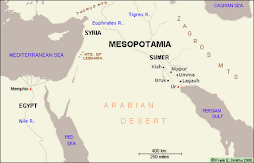unit 10
Charles I:was the king of spain in XV and XVI centuries
Holy Roman Empire:Charles inherited the title of Holy Roman Emperor, from his paternal grandparents, together with family land in Germany, the Low Countries and France. As Emperor, he was called Charles V.
Comuneros:All of this angered the Castilians and led to the Revolt of the Comuneros.
Juan de Padilla:Toledo, led by Juan de Padilla, was the first city to rebel, in 1520. Other cities rapidly followed its example.
Philip II:was the son of Charles V.
Viceroy:The court was itinerant, and the king travelled in person to problem territories. Each territory had a viceroy or governor, who ruled in the king's name. There was also a court to administer justice.
Ottoman Turks:were his others greats rivals They were a constant threat in the Mediterranean and along the eastern boundary of the Holy Roman Empire.
German Protestant Princes: The most serious problem was the rebellion of the German Protestant princes.
Elizabeth I: In the confrontation with England, the relations with England deteriorated when Elizabeth I became Queen.
Invincible Armada:to fight against england, the powerful Spanish armada was defeated in 1588
Hernan Cortes: The most important expeditions were led by Hernán Cortés, who conquered the Aztec Empire
Aztec Empire: Was conquered by Hernán Cortés.
Inca Empire:Was conquered by Francisco Pizarro.
Francisco Pizarro: who conquered the Inca Empire.
Council of Indies:or consejo de indias, which advised the king on matters of government.
Viceroyalty of Peru:the territory conquered was divided into the Viceroyalty of Peru and viceroyalty of New Spain.
Viceroyalty of New Spain:the territory conquered was divided into the Viceroyalty of Peru and viceroyalty of New Spain.
Casa de Contratación:Or trading house, in Seville. The Spanish also set up large haciendas in América for stockbreeding and agriculture.
Suscribirse a:
Enviar comentarios (Atom)






0 Response to "Vocabulary unit 10"
Publicar un comentario